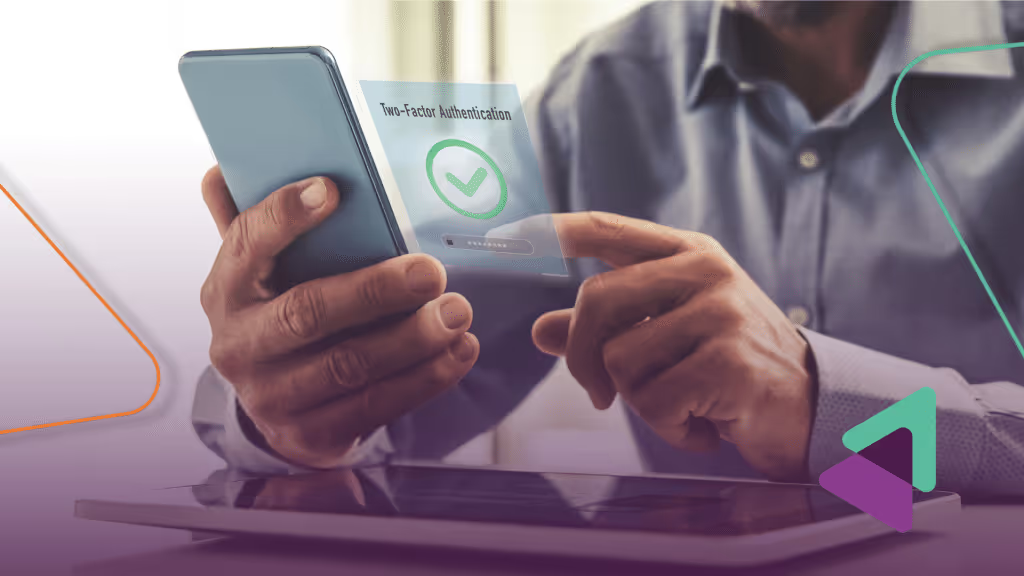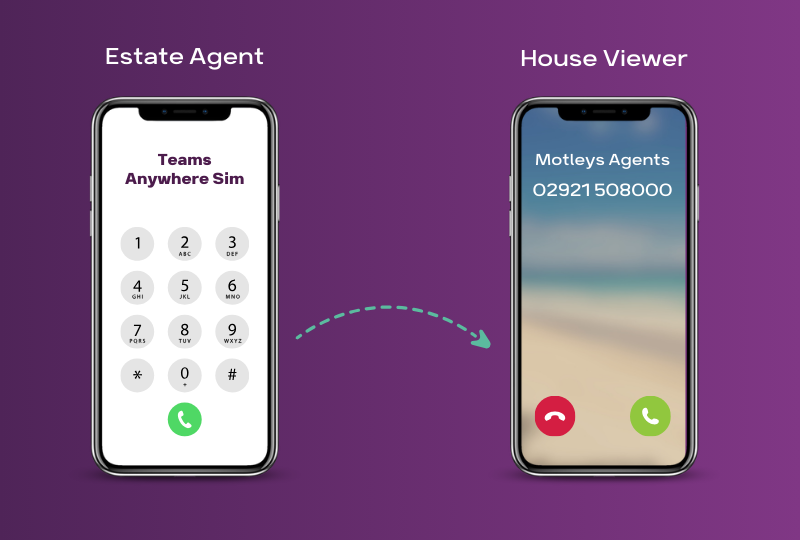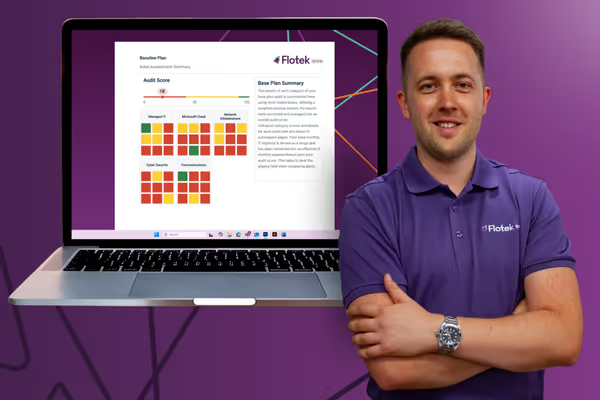
A Guide To The Best Practices For Business Cybersecurity
A Guide To The Best Practices For Business Cybersecurity
In today's interconnected business ecosystem, cybersecurity is not just an IT issue but a crucial component of any business strategy.
The digital age brings numerous advantages, including the ability to operate more efficiently and access markets globally.
However, it also exposes businesses to a wide range of cyber threats.
In this guide, we will share a detailed understanding of business cyber security best practices you can adopt to protect digital assets, data, and reputation.
Establishing A Strong Security Posture

A strong security posture is the cornerstone of any successful cybersecurity strategy. Below, we'll dive into how you can establish a resilient defense against cyber threats.
Understanding The Risk Landscape
The first step in crafting an effective cybersecurity strategy is to understand the range of threats that could potentially compromise your business operations.
From phishing and malware attacks to insider threats and data breaches, the array of cyber risks is vast and continually evolving.
Conducting comprehensive risk assessments can not only help identify vulnerabilities but also prioritize them based on potential impact.
Investment In Robust Security Solutions
With the increasing sophistication of cyber threats, relying solely on traditional antivirus software is insufficient.
Businesses must invest in comprehensive, multi-layered security solutions. This includes real-time threat monitoring, data encryption, and advanced firewalls.
By investing proactively, businesses can protect themselves from not only current threats but also emerging risks.
Periodic Security Audits
Consistent security audits can provide invaluable insights into the effectiveness of your cybersecurity measures.
These audits, ideally conducted by third-party experts, will assess your security posture against established frameworks and provide actionable recommendations.
Failure to conduct regular audits can lead to outdated security protocols that are inadequate for current threats
Enhancing Employee Awareness

Employees can be either the weakest link or the first line of defense in your cybersecurity strategy.
This section elaborates on ways to educate and involve your workforce in your cybersecurity efforts.
Regular Training And Awareness Programs
Often, the human element is the weakest link in the security chain. Employees can inadvertently become entry points for cyberattacks through phishing scams or by using weak passwords.
Establishing ongoing training and awareness programs can equip employees with the skills and knowledge they need to recognize and respond to cyber threats effectively.
Setting Up An Incident Response Team
Responding effectively to a cyber incident requires swift action.
An incident response team trained to deal with various kinds of cyber threats can drastically reduce response times and minimize the impact of an attack.
This team should operate based on well-defined protocols to ensure effective action under high-pressure circumstances.
You may also like: Who Is Responsible For Cyber Security In A Company?
Implementing Technical Safeguards

Technical safeguards are essential tools in securing a business's digital assets.
We will explore multi-factor authentication and data backups as key components of a robust cybersecurity plan.
Multi-Factor Authentication (MFA)
The implementation of MFA can add a crucial layer of security.
It requires users to validate their identity through multiple means—something they know (password), something they have (mobile device), or something they are (biometric verification).
This approach significantly reduces the likelihood of unauthorized access.
Data Backups
In an era where data is often considered more valuable than oil, losing critical business data can be devastating.
Regular backups, ideally stored in encrypted, offsite locations, can provide an essential safety net.
Automated backup solutions can ensure consistency and reduce the risk of human error.
Regulatory Compliance And Future-proofing

Compliance and future readiness are crucial in maintaining a sustainable cybersecurity posture.
This section details how staying compliant with laws and preparing for future threats can protect your business.
Staying Compliant
Regulatory compliance, including adherence to frameworks like the GDPR in Europe or the CCPA in the United States, is non-negotiable.
Not only do these regulations provide a baseline for effective cybersecurity, but failure to comply can also result in severe penalties, both financial and reputational.
Future-proofing Cybersecurity
Cyber threats are ever-evolving. Businesses must adopt a proactive, future-oriented approach to cybersecurity.
This involves staying abreast of the latest trends in cybersecurity, regularly updating security protocols, and being prepared for emerging threats.
Our Final Word
In an increasingly digital world, cybersecurity cannot be an afterthought. It requires ongoing vigilance, a comprehensive strategy, and the involvement of every member within an organization.
By adhering to the best practices outlined in this guide, businesses can significantly mitigate risks and create a robust cybersecurity posture capable of defending against current and future threats.
This expanded version aims to offer a comprehensive guide to best practices in business cybersecurity.
Implementing these strategies is not just about avoiding financial loss but also about preserving the integrity and trustworthiness of your business in the digital age.
To talk more about strengthening your cybersecurity, reach out for a chat.






.jpg)



























.avif)




%20(1).avif)
.avif)
.avif)
.avif)








.avif)
.avif)
%20(1).avif)
.avif)
.avif)